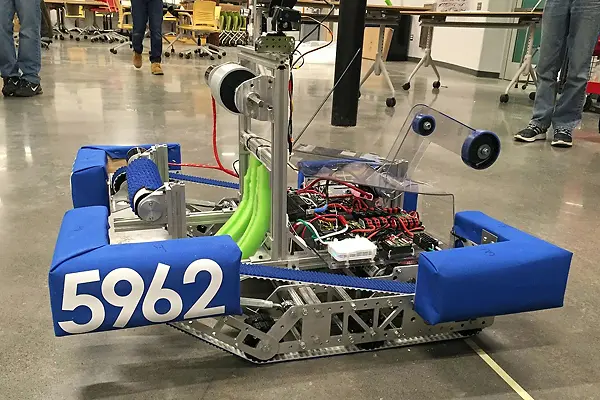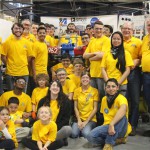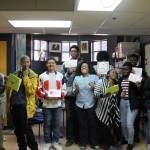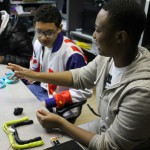This past Saturday, hundreds of prospective students attended our recruiting event with parents, siblings (sometimes begrudgingly), guardians and friends in tow. On numerous occasions, I was asked, “Why should we choose UMass Lowell over University [insert name]?” The comparison school ranged from private to public, small to big, and urban to rural. I thought I would share my answer, regardless of the school named:
- Program Choice: Students in the College can pursue degrees in Biomedical, Chemical, Civil, Computer, Electrical, Environmental, Mechanical, Nuclear, and Plastics Engineering; options in Biological, Nanomaterials, and Nuclear Engineering; and minors including Aerospace Studies, Biomedical Technology, Business Administration, Climate Change and Sustainability, Computer Science, Economics, Energy Engineering, Entrepreneurship, Mathematics, Nuclear Science and Engineering, Physics, Robotics, Sound Recording Technology, STEM Teaching, and Technology, Society and Human Values. Additionally, every major provides a Bachelor’s to Master’s Degree Option where one can earn two degrees in as little as five years. But perhaps most importantly, new students may start with “Undeclared Engineering” in order to determine which path, amongst this myriad of choices, aligns best with their interests.
- Experiential Learning Opportunities: Whether participating in a society or club, volunteering to teach at a local school, studying abroad, enrolling in the professional co-op option, carrying out research in a laboratory, or building prototypes for an entrepreneurship competition, the opportunities to learn outside of the classroom are vast. These activities deepen the college experience, build valuable skills, and lead to lifelong friendships. They can also make a bigger school, which has the benefit of more program options, feel small.
- Location, Location, Location: According to data from the Bureau of Economic Analysis, nearly 75% of the Commonwealth’s Gross Domestic Product is generated within the I-495 corridor. As Lowell sits on I-495, UMass Lowell has easy access to companies for internships, co-ops, industrial senior design projects, and research projects. This translates to excellent placement rates for our graduates!
- Personal Return on Investment: Payscale.com is a popular resource for analyzing the return on an investment (ROI) in a degree – a measure of earnings after graduation compared to the cost of attendance. We are proud to be ranked second in the state for annual ROI. But one must understand that these rankings are based on average data, and only a student can compute their true ROI. That is, the cost of attendance is dependent on residency, degree (some charge fees), and the amount of financial aid or scholarships. These are all personal data points that may vary widely. However, starting salaries do not vary widely for new graduates with a specific Engineering degree at a specific company. Thus, to calculate the ROI upon graduation, the ROI numerator is similar for most Engineering graduates – making the denominator (cost of attendance), critical. Being a public university where 90% of need is met, UMass Lowell is quite competitive, making its ROI, very attractive.
So, regardless of the school for comparison, I would argue that UMass Lowell is a sound choice!

 Scorpio measures approximately 2½ by 2½ feet and stands 18 inches high. The unit weighs about 120 pounds and is powered by a 12-volt rechargeable battery.
Scorpio measures approximately 2½ by 2½ feet and stands 18 inches high. The unit weighs about 120 pounds and is powered by a 12-volt rechargeable battery.

